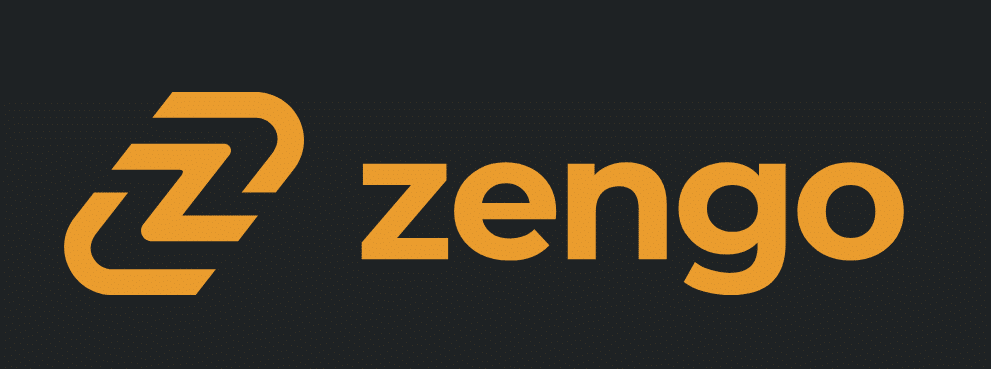The 13th element in the periodic table, Aluminum has many industrial uses that make it an indispensable commodity. Lightweight, strong, and corrosion-resistant, aluminum is used in the production of a variety of goods such as electrical conductors, beer cans, kitchen foil, and even car parts. Furthermore, its durability and resistance to ultraviolet light make it the perfect material for renewable energy products like solar panels and wind turbines. The aluminum market is dynamic, and many factors can determine whether now is a good time to invest in aluminum.
Factors Affecting The Aluminum Market
Economics 101 teaches us that, at the core, markets are a function of demand and supply. Buyers and sellers meet in the market to determine the price of a stock, bond, cryptocurrency, or commodity. In the case of precious metals, those buyers and sellers include long-term investors, speculative traders, and industrial companies buying the metal for manufacturing.
Therefore, the most important factors to consider when analyzing the aluminum market are the supply and demand dynamics in the market. On the supply side, the three key figures to bear in mind are the reserves, resources, and production.
‘Reserves’ refers to the commodity supply that has been discovered and can be extracted at a profit.
Resources include additional supply that is undiscovered or not economically viable to extract.
Production refers to the annual amount of a particular commodity that is extracted and processed for use.
Meanwhile, demand for aluminum is on the rise. A study undertaken on behalf of the International Aluminum Insitute shows that demand for the metal is expected to increase by 40% by 2030, driven largely by China which will absorb two-thirds of this new demand. In terms of sectors, transportation, construction, packaging, and electrical will account for 75% of the global demand.
In addition, macro factors such as interest rates and the strength of the US dollar have a material impact on commodity prices. Throughout 2022, commodities such as aluminum, copper, and iron ore prices dropped significantly while the dollar rallied higher as investors sought a safe haven during a harsh economic climate.
How To Determine the Best Way To Buy Aluminum
Buying physical aluminum, in the form of bars or ingots is the most obvious way to invest in aluminum. However, buying physical aluminum means having to incur the cost of shipping and storing the metal, turning it into an illiquid asset that’s difficult to train.
Thankfully for those who don’t wish to take delivery of tons of precious metals, there are various investment vehicles that allow investors and traders to gain exposure to the price of commodities. Industrial buyers of precious metals also make use of investment vehicles to hedge the risk price fluctuations can have on their business.
The most commonly-used vehicle for gaining exposure to the price of a commodity is a futures contract. A commodity futures contract is an agreement to buy or sell a specific quantity of a particular commodity at a predetermined price at a specific time in the future and is issued mostly by the Chicago Mercantile Exchange (CME) Investors can also buy a commodity exchange-traded fund (ETF), which is a type of investment vehicle that tracks the performance of commodities.
Retail investors may feel most comfortable trading commodity CFD, or Contract For Difference, a synthetic product that tracks the price of a commodity. Investing in an aluminum CFD allows you to go both go long or short if you believe the price of aluminum will drop. Furthermore, CFDs allow investors to trade with leverage, a highly risky strategy that should only be explored by advanced investors.
Finally, you can invest in aluminum indirectly by buying stocks of companies that engage in mining, producing, refining, or manufacturing aluminum. While investing in aluminum stocks on a large exchange like Nasdaq has the advantage of liquidity, the price of aluminum stocks can be influenced by factors not directly related to the commodity itself, such as leadership changes in the company.
4 Aluminum Investments To Consider
- Aluminum Futures: The easiest way to get exposure to aluminum is through a futures contract, either directly or by purchasing an CFD that tracks the futures’ price.
- Alcoa Corporation: One of the largest producers of aluminum in the world, Alcoa is active across various sectors, including transportation, packaging, construction, and aerospace. Trading on the NYSE under the ticker AA, Alcoa stock is down 50% since hitting an all-time high of $92 in April 2022.
- iShares S&P Global Aluminum Index Fund: An ETF which tracks the performance of a group of aluminum stocks included in the S&P Global Aluminum Index.
- VanEck Vectors Aluminum ETF: An ETF which includes both aluminum producers and companies that are major users of aluminum in their operations.
Where Is The Best Commodities Trading Platform To Buy Aluminum?
Key Aluminum Statistics
- Aluminum’s atomic weight: 26.9815386
- Aluminum’s melting point: 660.37 °C (1220.66 °F)
- Aluminum’s boiling point: 2467 °C (4473 °F)
- Aluminum resources are estimated at more than 70 billion tons.
- Aluminum reserves are estimated at 25 billion tons
- Aluminum is the most plentiful metal in the Earth’s crust
- Aluminum is not available in nature. Rather, it is produced from a metal called bauxite ore.
- China is the world’s leading aluminum producer. It produced 35 million metric tons of aluminum in 2021.
Is Aluminium a Good Investment?
Investing in commodities is equal parts art and science. As the raw materials that underpin industry, commodities are highly reactive to macro factors such as war, fluctuating global demand,










